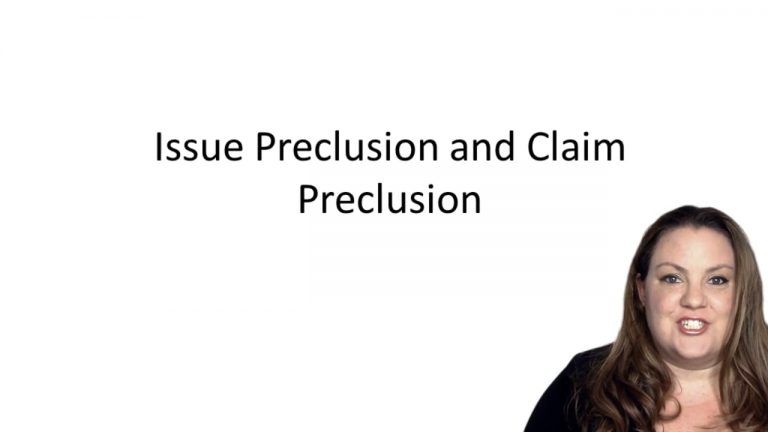Civil Procedure Keyed to Subrin
Hansberry v. Lee

ProfessorBrittany L. Raposa
CaseCast™ – "What you need to know"
Facts
Defendants, a black family, bought a house in an area of Chicago allegedly covered by a racially restrictive covenant. Plaintiff brought an action in Illinois state court to enjoin breach of the covenant, naming as defendants both the Defendant’s, and the people from whom the Defendant’s had bought the property. Plaintiff referred the court to an earlier suit to enforce the same covenant. In that case a property owner had sued four individuals in violation of the covenant, and the Illinois court upheld the covenant. The Supreme Court of Illinois in this case determined that the earlier case had been a class action, that Defendants were members of the class of plaintiffs in the earlier case, and that there were therefore bound by the findings in the previous action. It is one thing to say that some members of a class may represent other members in a litigation where the sole and common interest of the class in the litigation, is either to assert a common right or to challenge an asserted obligation. It is quite another to hold that all those who are free alternatively to either assert rights or to challenge them are of a single class, so that any group, merely because it is of the class so constituted, may be deemed adequately to represent any others of the class in litigating their interests in either alternative.
Only StudyBuddy Pro offers the complete Case Brief Anatomy*
Access the most important case brief elements for optimal case understanding.
*Case Brief Anatomy includes: Brief Prologue, Complete Case Brief, Brief Epilogue
- The Brief Prologue provides necessary case brief introductory information and includes:
Topic:
Identifies the topic of law and where this case fits within your course outline.Parties:
Identifies the cast of characters involved in the case.Procedural Posture & History:
Shares the case history with how lower courts have ruled on the matter.Case Key Terms, Acts, Doctrines, etc.:
A case specific Legal Term Dictionary.Case Doctrines, Acts, Statutes, Amendments and Treatises:
Identifies and Defines Legal Authority used in this case.
- The Case Brief is the complete case summarized and authored in the traditional Law School I.R.A.C. format. The Pro case brief includes:
Brief Facts:
A Synopsis of the Facts of the case.Rule of Law:
Identifies the Legal Principle the Court used in deciding the case.Facts:
What are the factual circumstances that gave rise to the civil or criminal case? What is the relationship of the Parties that are involved in the case.Issue(s):
Lists the Questions of Law that are raised by the Facts of the case.Holding:
Shares the Court's answer to the legal questions raised in the issue.Concurring / Dissenting Opinions:
Includes valuable concurring or dissenting opinions and their key points.Reasoning and Analysis:
Identifies the chain of argument(s) which led the judges to rule as they did.
- The Brief Prologue closes the case brief with important forward-looking discussion and includes:
Policy:
Identifies the Policy if any that has been established by the case.Court Direction:
Shares where the Court went from here for this case.
Topic Resources

 10m 50s
10m 50s